Exterior Angles Geometry - In simple terms, the interior becomes part of a space through a physical arrangement, such as furnishings, to satisfy the needs of the room's centers. In comparison to the design of the front of your home or the beyond your home which is consisted of in the outside design.
This is as the interpretation of interior in the Big Indonesian Thesaurus (KBBI) which has the meaning as component of the building (room and more) or the arrangement of furnishings (design and more) in the room in the building and so forth.
The interior can also consist of a physical arrangement that can fulfill the needs for centers in the room and determine the form of the room itself. On the other hand, interior decoration is planning, arranging, and designing the spaces in the building. An interior is composed of various basic aspects developing. Because interior decoration is a branch of art, comparable aspects of art can also be found, such as: lines, factors, airaircrafts, structures, shades, spaces, and so on., are also consisted of in the art of architecture.
However, particularly, the interior itself has the following aspects:
Flooring
As an interior component, the flooring is the lower limit for the interior of a space that extends flat. In interior decoration, there are many points that can be used to a flooring, such as the kind of flooring material, the elevation of the flooring, to the form of the flooring itself.
Wall surface
The next interior aspect is the wall surface. This interior aspect becomes an interior room divider. The wall surface extends up and down and is one of the most leading location in the building space. Wall surfaces can be used with various kinds of finishing products, creating products, to kinds of illumination.
Ceiling
Ceiling is a ceiling that becomes an interior obstacle that extends flat on top of the interior. Ceilings, also called ceilings, can be modified beginning with the use the kind of material, distinctions in elevation, and versions of form.
Aperture
An interior must also focus on the opening up aspects of a room. This kind of aspect is composed of home windows, doors, and air flow openings. With a great opening up design, great air circulation will run, so the room becomes comfy and healthy and balanced.
Math Animated Gifs On Geometry, Algebra, Trigonometry And More
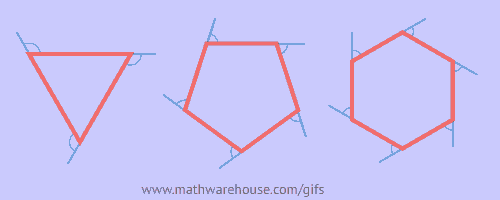 mathwarehouse.com
mathwarehouse.com
angles polygon animated exterior math geometry gifs polygons interior sum convex triangles mathematical algebra mathematics demonstration formula trigonometry circles mathwarehouse
Geometry Midterm! Jeopardy Template
 jeopardylabs.com
jeopardylabs.com
angles interior
Complementary And Supplementary Angles - Lindsay Bowden
 lindsaybowden.com
lindsaybowden.com
supplementary complementary angles lindsaybowden remembering
6.3.2A Angles & Intersecting Lines | SciMathMN
 www.scimathmn.org
www.scimathmn.org
angles lines intersecting math complementary example supplementary measures 2a adjacent scimathmn 90º whose frameworks stemtc
Exterior Angle Theorem | Solved Examples | Geometry- Cuemath
 www.cuemath.com
www.cuemath.com
exterior angle triangle theorem angles geometry same shows figure examples
Angles - The Architect's Geometry
 geometryandarchitecture.weebly.com
geometryandarchitecture.weebly.com
angles weebly
Exterior Angle Theorem - YouTube
 www.youtube.com
www.youtube.com
angle exterior theorem
Exterior Angle Theorem (solutions, Examples, Videos)
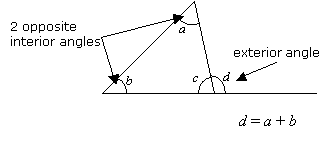 onlinemathlearning.com
onlinemathlearning.com
theorem onlinemathlearning
IAA Blog: Polygon Angles
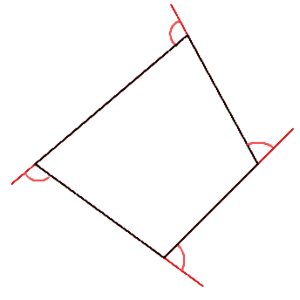 gondingiaa.blogspot.com
gondingiaa.blogspot.com
angles exterior polygon quadrilateral iaa shown example there
Interior Exterior Angles Worksheet Pdf | Cabinets Matttroy
 cabinet.matttroy.net
cabinet.matttroy.net
theorem matttroy
Exterior Angles Of A Regular Polygon. – GeoGebra
 www.geogebra.org
www.geogebra.org
geogebra angles exterior sum polygon relation conditions between there regular
Parallel Lines With Transversals
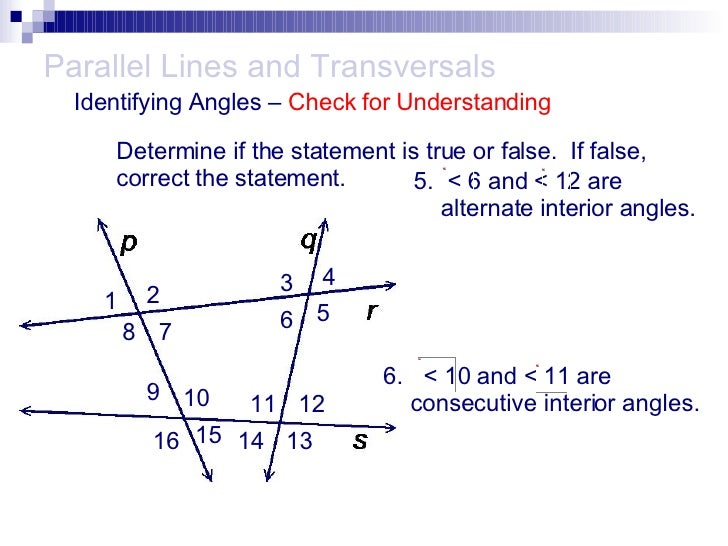 www.slideshare.net
www.slideshare.net
transversals parallel consecutive
Types Of Quadrilaterals And Their Properties | Definition, Formulas
 www.learnattic.com
www.learnattic.com
angle quadrilaterals types properties formulas definition exterior
Angles | ExamSolutions
 www.examsolutions.net
www.examsolutions.net
examsolutions
Chapter 3 Notes
 ef004.k12.sd.us
ef004.k12.sd.us
angles alternate exterior transversal lines line lie corresponding parallel opposite sides outside k12 sd
Identifying Angles Activity 1 | Year 4 Math | 4th Grade Geometry
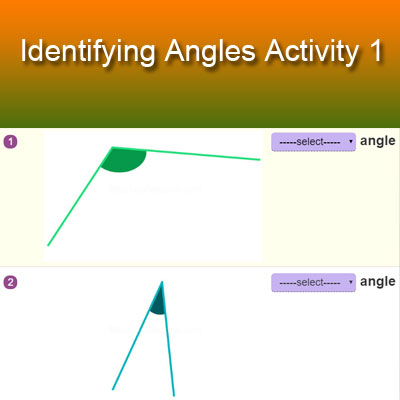 k8schoollessons.com
k8schoollessons.com
angles identifying activity grade
Exterior Angles In A Triangle - MathBitsNotebook (Geo - CCSS Math)
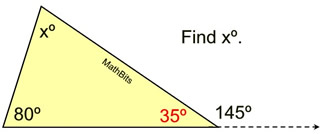 mathbitsnotebook.com
mathbitsnotebook.com
exterior angle theorem triangle mathbitsnotebook angles geometry
Exterior Angles Geometry
Illumination
In an interior space, sufficient lights strength is needed. The atmosphere of the room will also be formed with the application of great illumination. The application of lights in an interior can be used through the presence of lights.
Basic Concepts of Interior Design
Arranging the interior can not be done carelessly. Pins must take note of and follow the basic concepts of interior decoration so that the arrangement of the room becomes more comfy.
There are 7 basic concepts associated with interior decoration, the following consist of:
Unity and Consistency
Unity and consistency have meaning in a room considered as a unity where all components can complement each various other. By using unity and consistency, the rooms will mix with each various other so that in the purchase of interior decoration a well balanced structure will be produced.
Balance (Balance)
Balance will produce unity and consistency. In the interior, balance is separated right into 3, particularly:
Balanced Balance, which occurs when the aesthetic weight of the design aspects is equally dispersed both flat and up and down. This design relies upon an equilibrium through 2 components that are comparable from 2 various sides. Unbalanced Balance, which occurs when the aesthetic weight of a design component is irregular throughout the facility axis of the web page. This design counts on aesthetic play such as range, comparison, color to attain balance in an uneven manner.
Radial Balance, where all the aspects designed are arranged and focused in the facility. For instance: A spiral stairs.
Singing Factors
Singing Point is an accent that's used as the piece de resistance of the room. For instance, the singing point in the room is the large home window in the room, the fire place or maybe a painting. Shades are also information and certain forms offered can be used as singing factors.
Rhythm
Rhythm in an interior decoration can be translated as all duplicating patterns of visuals. Rhythm is specified as connection or organized movement.
Information
Information consist of everything connect to the completeness in the room. Consisted of in the information aspects are main furnishings, additional furnishings, to artificial furnishings. These information also have a big influence on the atmosphere of the space produced.
Range and Percentage
These 2 design concepts must work together, as they connect to shapes and size. The range and percentage here affect the convenience degree of the owners in the room.
Color
Color in interior decoration is very prominent on the state of mind and atmosphere of the room. Soft shades will have the tendency to develop a relaxing atmosphere in the room, while bright shades will provide a rejuvenating atmosphere in the room.
Angle quadrilaterals types properties formulas definition exterior. Complementary and supplementary angles. Chapter 3 notes
